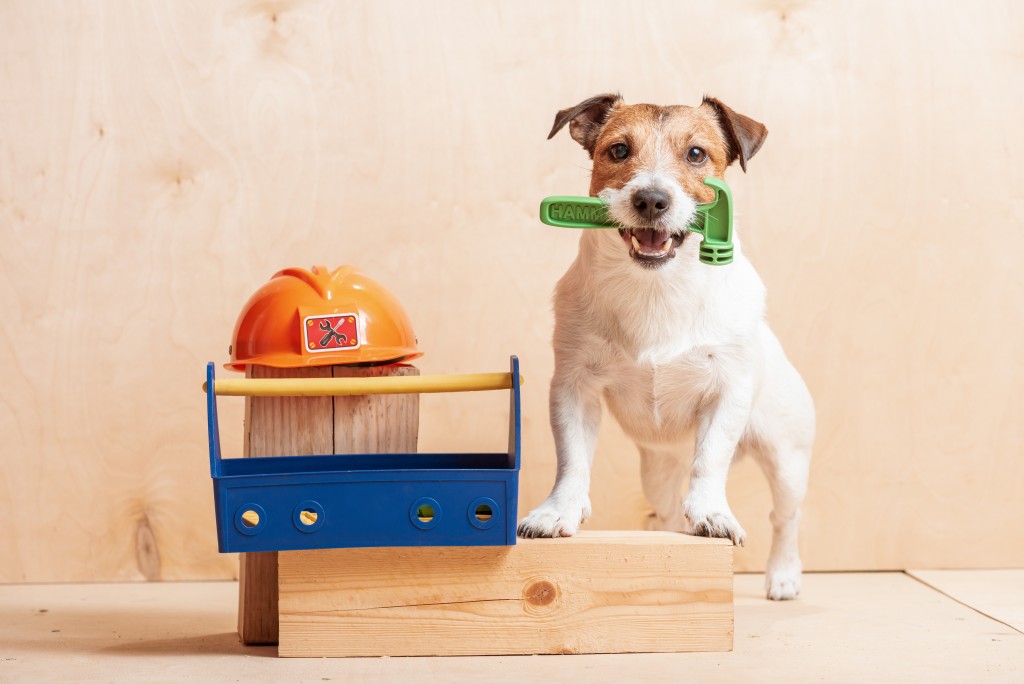New construction on a home, whether building one from the ground up or expanding your current one, is the perfect time to integrate sustainable construction into your new living space. Building a green home can ensure that your place is healthier and more efficient than the traditional house. While many of these green building techniques come from commercial construction, they can work perfectly when building a residential home. Here are some of the more effective sustainable construction techniques available to everyone.
Using Sustainable Materials
Many modern construction projects use materials that are not friendly to the environment. Though it is impossible to fully get rid of them, you can use more sustainable alternatives. For example, while cement is a popular choice for construction, a more earth-friendly substitute would be rammed earth. Mixing the soil with gravel and compacting them to 50 percent of their original volume creates a solid building material that can be very durable. An additional benefit is its high thermal mass. This means it can absorb heat in the day and release it at night to help with heating and cooling efforts. Other sustainable materials you can use in your home include bamboo and wool insulation.
Prefabricating Materials in Controlled Environments
Normal construction usually has the necessary building components built on-site. This is mainly for convenience since the crew can then immediately install or use them. But many construction companies are now finding it better to build the components somewhere else and deliver them to the site. Pre-fab construction ensures that the resulting components are in great shape. No need to worry about the elements ruining them in the construction area. Additionally, when done in controlled environments and not in a construction site, you can have a complete set of tools and the right amount of space for the job. They can also mean faster construction time as the materials can be put up as soon as the maker delivers them.
Implement Natural Design

Design your home to use the surrounding landscape fully. For example, natural features like slopes can mean that natural drainage can go in one direction. This will require you to plant more water-hungry plans at the lower end. Natural design also means using the local plants that thrive well in the climate. Instead of a traditional green lawn, you will have a yard full of flora that requires minimal maintenance. This means lower lawn maintenance bills and a more natural look for your home.
Reducing Consumption
Buildings focused on being earth-friendly usually work hard to lower the number of resources they consume. For example, water consumption is a major issue nowadays. A green home will have several items that ensure that it does not waste a drop of water. This includes tankless water heaters and low-flow toilets. Some homes even have rainwater cisterns to collect rainwater for lawn maintenance needs. It is not just water. Lower electrical consumption is possible with the right energy-saving features. You can use LED lights and even install solar panels to supplement your electricity.
Being earth-friendly is not only a good thing for the environment but for your wallet, too. Many of these techniques can result in savings for you. Whether it is to build a home or renovate one, they can bring solid benefits to the table.
